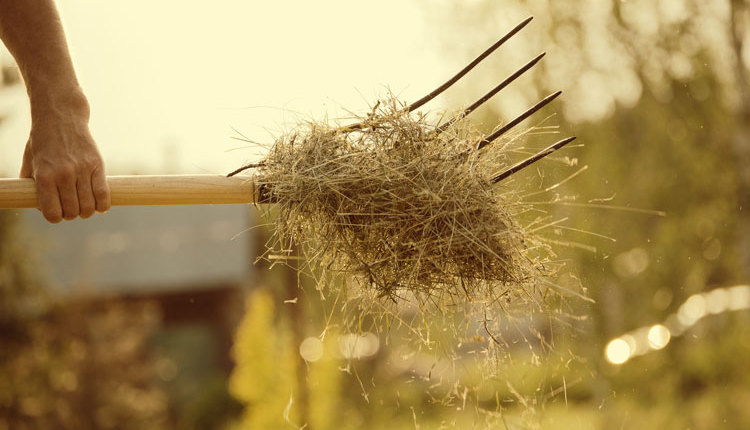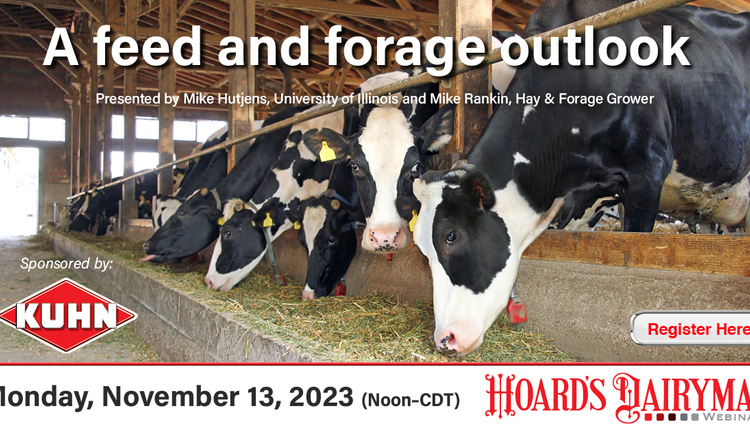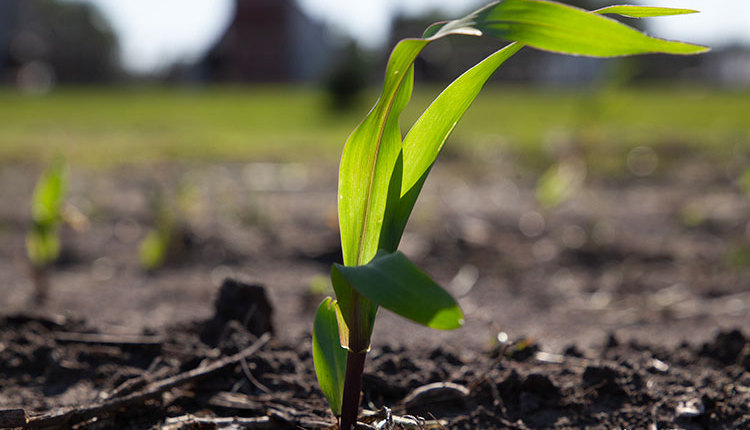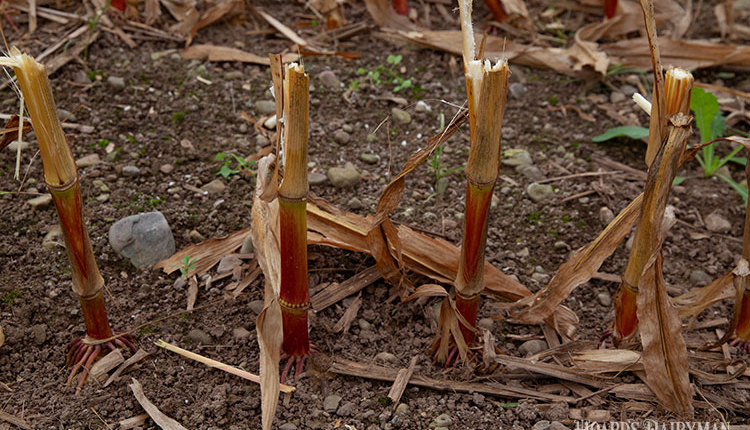The author is a soil fertility specialist with the Ontario Ministry of Agriculture, Food & Rural Affairs.
Alfalfa has the greatest sensitivity to acid soils of any crop we grow, so managing soil pH is critical. The legume simply will not grow below a soil pH of 6.0, while other field crops are quite happy down at levels 5.5 or even 5.0. The impact of low pH on alfalfa growth is two-fold. It hurts the plant directly but a low pH also will keep the rhizobia in the nodules from working so the crop suffers from nitrogen deficiency.
Soil pH is a measure of the concentration of hydrogen ions in the soil solution on a scale of 1 to 14. Low values denote acidic conditions, while high values indicate alkaline conditions. A pH of 7.0 is neutral. Soil testing is the only reliable way to determine your soil pH. In areas where acid soils are known to be a problem, crop insurance will not pay a claim for a new seeding failure unless you can show a soil test with a pH above 6.0.
If you have an acid soil, there will be two different pH measurements listed on the report. The first is the pH of the soil solution which tells you if you have a problem or not. The second is the buffer pH which is an indication of how much acidity is stuck to the soil particles. This, in turn, tells us how much lime we need to apply to increase the soil pH. The amount of lime needed is given in the table.

Soil acidity is often variable across the landscape, so field observation of where alfalfa survival has been poor can help to target limestone applications. Eroded knolls will often have a higher pH than the hollows, so sampling by topography can uncover trends that would not be visible with a single sample of the entire field.
Click here to return to the Crops & Forages E-Sources
100210_120
Alfalfa has the greatest sensitivity to acid soils of any crop we grow, so managing soil pH is critical. The legume simply will not grow below a soil pH of 6.0, while other field crops are quite happy down at levels 5.5 or even 5.0. The impact of low pH on alfalfa growth is two-fold. It hurts the plant directly but a low pH also will keep the rhizobia in the nodules from working so the crop suffers from nitrogen deficiency.
Soil pH is a measure of the concentration of hydrogen ions in the soil solution on a scale of 1 to 14. Low values denote acidic conditions, while high values indicate alkaline conditions. A pH of 7.0 is neutral. Soil testing is the only reliable way to determine your soil pH. In areas where acid soils are known to be a problem, crop insurance will not pay a claim for a new seeding failure unless you can show a soil test with a pH above 6.0.
If you have an acid soil, there will be two different pH measurements listed on the report. The first is the pH of the soil solution which tells you if you have a problem or not. The second is the buffer pH which is an indication of how much acidity is stuck to the soil particles. This, in turn, tells us how much lime we need to apply to increase the soil pH. The amount of lime needed is given in the table.

Soil acidity is often variable across the landscape, so field observation of where alfalfa survival has been poor can help to target limestone applications. Eroded knolls will often have a higher pH than the hollows, so sampling by topography can uncover trends that would not be visible with a single sample of the entire field.
100210_120








